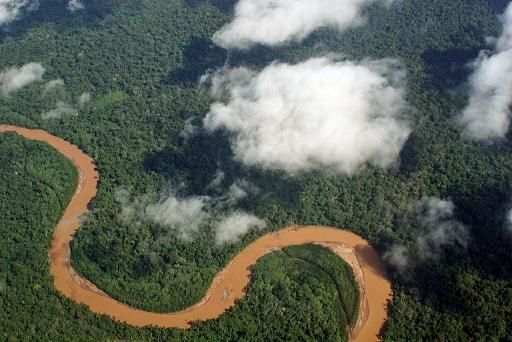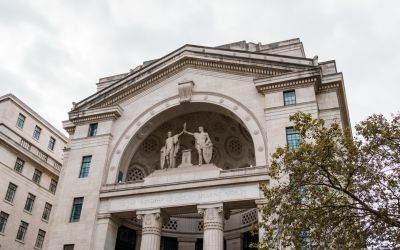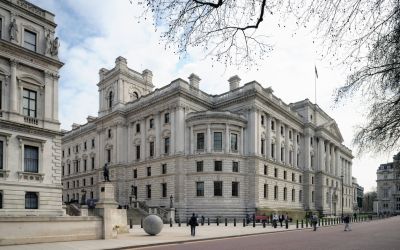Engagement with smallholders needed to cut deforestation in Amazon
SEI have identified improved engagement between Brazilian authorities and smallholder farmers as crucial to reducing illegal logging and improving conservation

New research from the Stockholm Environment Institute (SEI) has called for greater protection of the Amazon rainforest to curb deforestation’s contribution to climate change.
SEI have identified improved engagement between Brazilian authorities and smallholder farmers as crucial to reducing illegal logging and improving conservation.
Deforestation in the Amazon fell by around 77 per cent between 2004 and 2011, enabling Brazil to reduce its greenhouse gas emissions by more than a third.
However, Brazil’s progress on deforestation has slowed in recent years with the latest figures suggesting that the practice is once again on the rise.
SEI’s research suggests that for Brazil to continue reducing deforestation it will need to wider ranging set of strategies, including the inclusion of smallholders.
Javier Godar, lead author of the study and research fellow at SEI, said: “Policies aimed at decreasing Amazon deforestation with a focus on command and control enforcement measures may have reached the limits of their effectiveness. New approaches are now needed.”
Large landowner’s contribution to deforestation has been estimated at 48 per cent from 2004 to 2011 but they have cut their contribution by 80 per cent while smallholders have cut their contribution by 73 per cent but account for only 12 per cent of deforestation. From 2004 to 2011 the largest landowners cleared two and half times more land than smallholders.
The research challenges the received wisdom that smallholders are the major obstacle to those dealing with deforestation.
Toby Gardner, co-author of the research, said: “It is often assumed that forests in areas dominated by smallholder farmers are in worse condition, because people depend n them more for their basic subsistence and are expected to be less efficient in using land. However, our funding makes sense when you consider that wealthier landowners are more able to access and exploit their forests for timber, and underscores the vital need for incentives to be given to improve the condition of remaining forests.”
The study has also noted that deforestation in the Amazon is moving to more remote areas where government presence is weaker.
An estimated one-fifth of deforestation between 2004 and 2011 occurred in these remote areas, which also hold 39 per cent of remaining forest in the Amazon.






_400_250_80_s_c1.jpg)